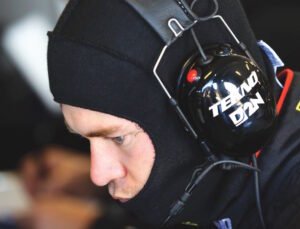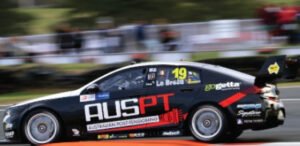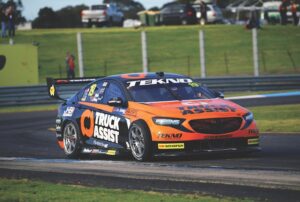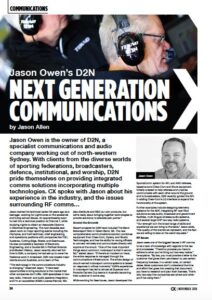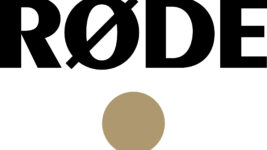News
20 Nov 2018
D2N Next Generation Communications
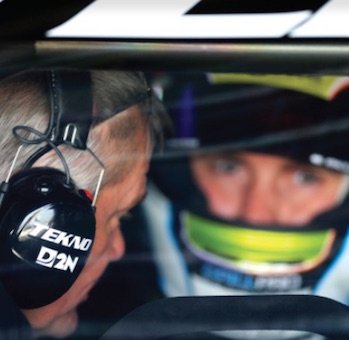
Subscribe to CX E-News
COMMUNICATIONS
Jason Owen’s D2N Next Generation Communications
by Jason Allen.
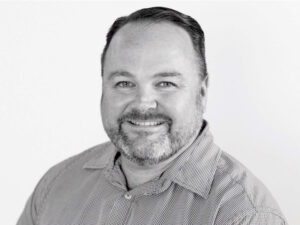 Jason Owen is the owner of D2N, a specialist communications and audio company working out of north-western Sydney. With clients from the diverse worlds of sporting federations, broadcasters, defence, institutional, and worship, D2N pride themselves on providing integrated comms solutions incorporating multiple technologies. CX spoke with Jason about his experience in the industry, and the issues surrounding RF comms…
Jason Owen is the owner of D2N, a specialist communications and audio company working out of north-western Sydney. With clients from the diverse worlds of sporting federations, broadcasters, defence, institutional, and worship, D2N pride themselves on providing integrated comms solutions incorporating multiple technologies. CX spoke with Jason about his experience in the industry, and the issues surrounding RF comms…
Jason started his technical career 30 years ago as a teenager, working for Lightmoves on the weekends and DJing school discos. An apprenticeship soon turned into a technical position at Channel 7, while studying nights to obtain an Associate Diploma in Electrical Engineering.
The next decades saw Jason work on major sporting events including the Olympics, and hold technical, chief engineering, and operations positions with companies like TDC, Austereo, Cutting Edge, Riedel, and Gearhouse. He also completed a bachelor of Electronic Engineering, and a Double BA in Political Science and Modern History.
Jason recently returned full-time to D2N, a company he had set-up to cover his freelance work in broadcast. D2N now boasts major clients around Australia, and a team of five.
“The technology in the communications industry is changing,” observed Jason. “I have seen opportunities to bring solutions to the market that other companies don’t offer. D2N specialises in two-way radio, intercom and audio systems integration, and I’m an accredited ACMA License Planner.
“We also distribute and R&D our own products, but we’re really about bringing together technologies to provide solutions; to alleviate pain points.”
Around the Grounds
Recent projects for D2N have included The Bend Motorsport Park in Tailem Bend, SA. The new comprehensive communications solution combines equipment from Clear-Com, Hytera, and Studio Technologies, and has the ability for racing officials to connect remotely and communicate directly with anyone at the circuit.
“One of the most important things about comms in motorsport is that it cannot fail,” stated Jason. “If there’s an incident on track, the entire response is managed through the communications infrastructure. The whole design of circuit-owned motorsport comms systems is based on response in critical moments.”
D2N’s experience in motorsport has led to almost all Supercar and Porsche Carrera Cup teams in Australia becoming their customer in some way. While working for Gearhouse, Jason developed the SportsComm system for AFL and ARU referees, based around Clear-Com and Shure equipment.
Initially created to help referees and umpires communicate with each other around the ground and to broadcasters, D2N recently guided the AFL in adding Clear-Com’s LQ interface to expand the functionality of the system. Further examples include designing telemetry systems for the ADF, integrating RF over fibre solutions across audio, broadcast and government facilities, multi-lingual wireless audio systems, and several large UHF two way radio systems.
“Our strength is in the broad range of skills and experience we can bring to the table,” Jason adds, “the quality of the brands we represent, and the fact we are willing to take on the weird requests.”
RF Issues
Jason sees one of the biggest issues in RF comms to be a lack of knowledge with regards to the law and processes. “There’s a process you have to adhere to when you’re hiring out two-way radios,” he explains.
“By law, you must provide a letter to the customer that gives them permission to use certain frequency licenses, in a certain area, on certain dates.
“Most customers don’t understand the time and effort that goes into creating that document; you have to research and plan their licenses. That’s why two-way hire companies ask where and when you’ll be using them.”
The Australian Communications and Media Authority (ACMA) has a hierarchy of RF license types that applies across Australia for UHF two-way radio bands. The very top level is called a Site License. It is registered to a specific location, and can only be used at that location. The next level down is called an Area Wide License. They can be used state or nation-wide (depending on your license application), but, crucially, can never be allowed to interfere with a Site License.
Keep This Frequency Clear
“What’s happened in the past is the ACMA have assigned a Site License frequency, and also assigned the same frequency as an Area Wide licence,” Jason expanded.
“There are only 19 repeater and 18 simplex frequencies available to issue as an Area Wide license. There’s a good chance that in a large event, for example, two teams that have rented radios from two different companies will be running the same licensed frequency through no fault of their own, and neither has the right to tell the other to turn off.
“It can cause arguments on site, and if there’s a Site License in place, it has right of way. Part of the conditions of the Area Wide License is the ‘No Interference, No Protection’ caveat, meaning you can’t cause it, and you can’t complain about it if you get it.”
While seemingly just an annoying hoop to jump through, complying with the ACMA’s license structure is expensive, and breaching it can cause real harm. “When I started working with V8 Supercars teams whilst working at Riedel, I did an extensive survey of the frequencies in use,” said Jason. “I found at some racetracks they were using channels also used by the fire brigade and ambulance, with obvious potential for catastrophe. The teams were none the wiser.
“There’s now a huge licensing model in place with Site Licenses for every race car at every track in Australia that is facilitated by Gearhouse. It’s enormous and expensive, but it’s the best way to do things from a governance and compliance perspective, and keeps comms secure for the teams.”
Plan Ahead
It comes down to a matter of awareness and education. “A lot of companies are not compliant and don’t even know,” mused Jason. “They’ve bought an Area Wide national license, and they think they can use it anywhere in Australia, which they can, but they must ensure they’re not interfering with
a Site License service of any kind where they’re operating.
“The ACMA have a tool on their website where you input GPS coordinates or a street address, frequencies, and distance, and it searches for all licenses active in the area. That’s the tool companies should use, and then contact an ACMA accredited person for advice.”
Jason is one of just under 30 ACMA approved License Planners in Australia. “Approved planners go through a process in which they have to prove their education, knowledge, and experience. You must also have the correct insurance, software, equipment, and planning tools for issuing licenses.
“When you employ a License Planner, you’re paying for engineering skill and knowledge. The ACMA appointed License Planners because they were swamped doing it in-house; you can still apply to them for a license, but it can take several months and cost around $500-600, plus license fees. Someone like me does it in a day or two and costs much less.
“That’s why some major events hire a License Planner appointed by the ACMA. Broadcasters pay for the privilege, and it’s a closed RF site.”
Jason went on to say that there is literally a handful of competent RF planners in the country capable of dealing with a large scale event; “In my years on the road I have seen many RF planners who clearly have no real world experience in terms of how kit performs in the field.
“It really is a mix of sound RF principles, a thorough understanding of the ACMA’s assignment rules, and experience that makes a good RF planner. I can count on both hands the people I would trust to do the job, especially if you’re talking about major events where 100s of channels are being used.”
Where to next?
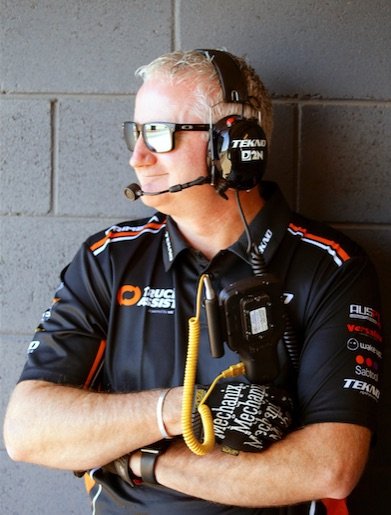 When asked where he thinks communications technology will expand in the coming years, Jason replied; “There is definitely an opportunity to use technology to engage sports fans in a much more immersive way.
When asked where he thinks communications technology will expand in the coming years, Jason replied; “There is definitely an opportunity to use technology to engage sports fans in a much more immersive way.
“Several of our large national sports suffer from a lack of patronage compared to those watching at home. I can tell you here and now that come early 2019, D2N will have an offering that will change the way fans engage at their favourite sport.”
From Jason’s point of view, collaboration will be a key initiative along with a further conflation of intercom and audio platforms to deliver cost effective models in both the venue and touring market.
“Whilst there are many players in the comms and audio markets, the 80/20 rule applies. There are 3-4 key manufacturers that I have built relationships with over many years, and for me those 20% will be the innovators.”
From the November 2018 edition of CX Magazine. CX Magazine is Australia and New Zealand’s only publication dedicated to entertainment technology news and issues – available in print and online. Read all editions for free or search our archive www.cxnetwork.com.au
© CX Media
Subscribe
Published monthly since 1991, our famous AV industry magazine is free for download or pay for print. Subscribers also receive CX News, our free weekly email with the latest industry news and jobs.

